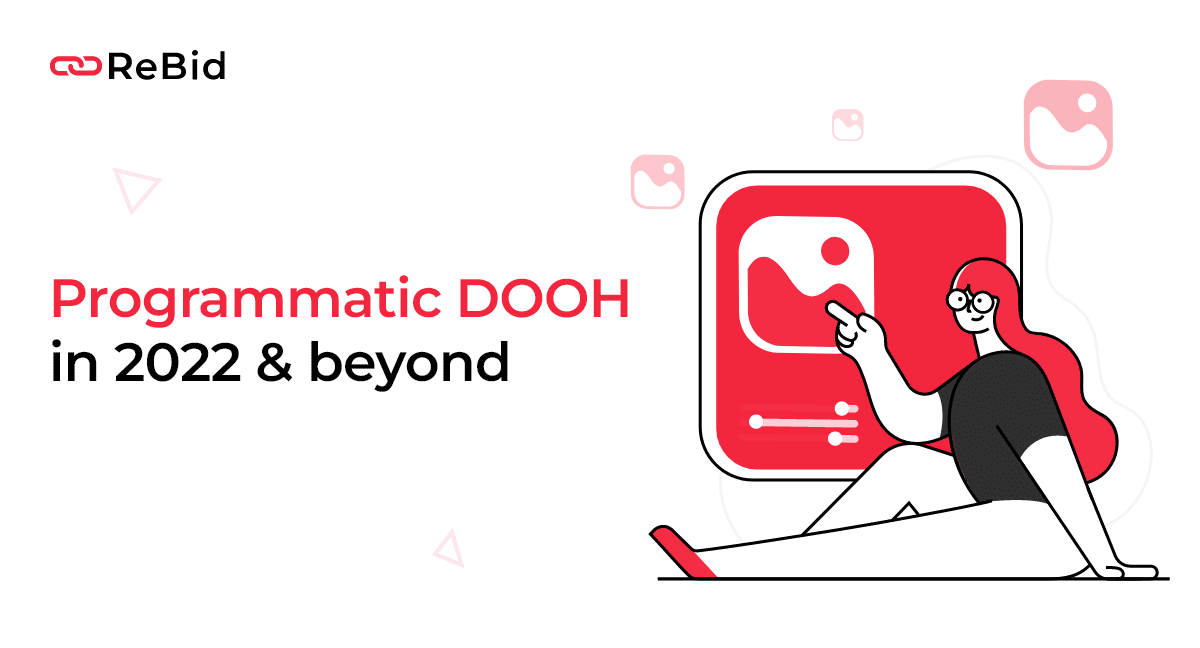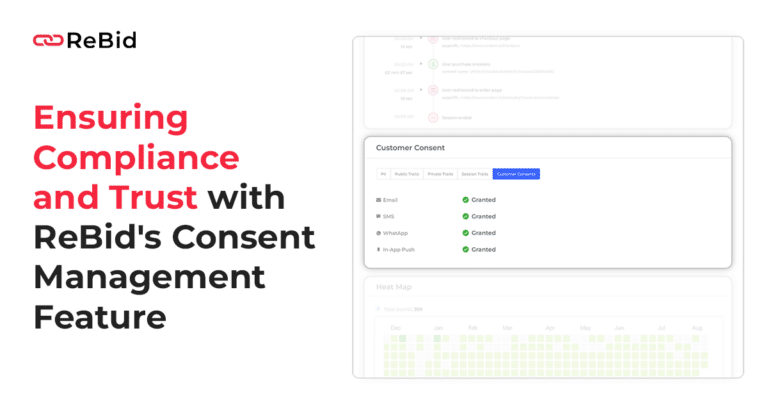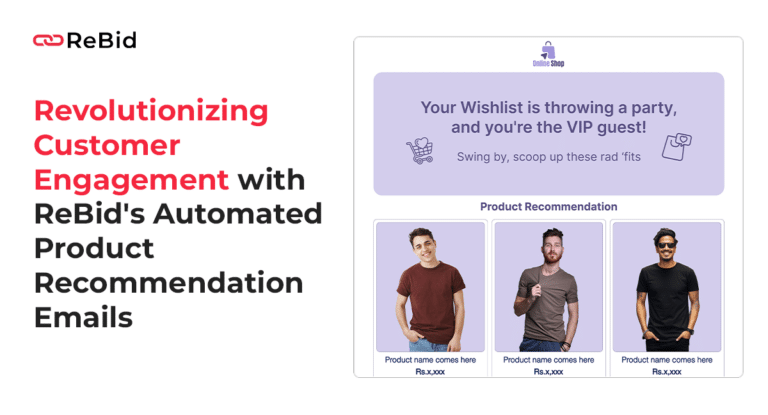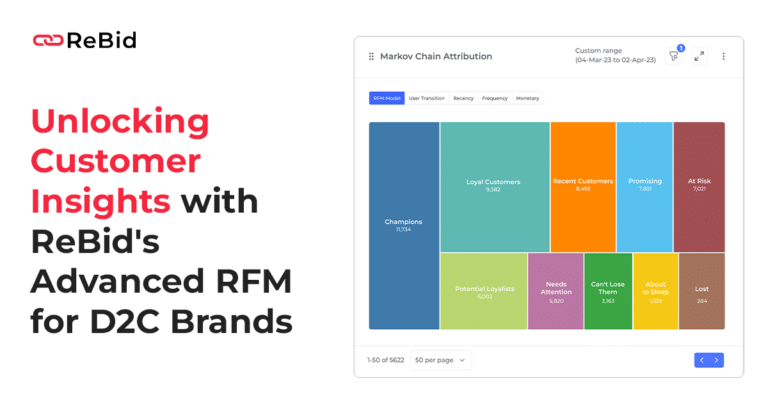By 2027, ad spend for programmatic DOOH is projected to reach 15.9 million dollars. This growth rate is partly due to the increased movement of consumers since the lockdown restrictions were lifted.
When things started opening up over the past year, DOOH became the ideal choice for brands to increase visibility in front of their customers. Everyone wanted to be outside and a little away from their devices at home, so the ads followed suit. And when brands added programmatic to the mix, the potential was truly limitless.
Here, we look at the intersection of programmatic and DOOH for brands and some insights that confirm that 2022 is the biggest year yet for programmatic DOOH.
What is programmatic DOOH, and why it matters
To put it simply, programmatic DOOH allows brands and publishers to serve ads on digital out-of-home screens like how ads are served on your device screens. An ad serving platform delivers the ad creative directly to the DOOH screen. Programmatic DOOH is the real-time and automated buying and selling of digital OOH ad space.
Standalone programmatic advertising trends and their combination with DOOH together has brought about some innovative developments, such as:
Hyper-contextual targeting and retargeting
Programmatic DOOH capitalizes on device-generated audience data to make DOOH the crux of retargeting. For example, in 2018, Pepsi MAX in the Netherlands set up taste test competitions across malls.
Using mobile beacon technology, Pepsi created identifiers for every participant. Then, it would trigger the DOOH screens whenever they walked into the mall. The programmatic element of this campaign ensured that Pepsi paid only for the occasions that the ad played after a participant walked in and not otherwise.
These examples show that programmatic DOOH increases the ROI cost-efficiently – delivering more bang for your buck since you only pay for the ad space your target customer sees.
Biddability in real-time
Real-time bidding (RTB) is a good fit for your continuously evolving consumers since your brand can bid in real-time based on current trends or footfalls. With programmatic DOOH, you don’t have to worry about your ads becoming stale.
Open RTB is usually the most common RTB. The media owner offers a vacant ad slot to buyers, who then bid based on the value and relevance of that slot in relation to the target audience. Almost immediately, the buyer who matches the media owner or publisher’s criteria gets the ad slot, with the creative uploaded in a matter of seconds.
Dynamic creative optimization
OOH ads are outside, and various consumers walk through those areas at different times of the day. For example, on a highway connecting the suburbs to the business districts, you have professionals traveling in the mornings and evenings, parents picking up their kids from school in the afternoons, and young party-goers in the late evenings and nights. With a static OOH, media owners restrict themselves to a single brand, whether or not this brand is relevant to the changing demographics throughout the day.
With programmatic DOOH, on the other hand, diverse brands or even a single conglomerate has the opportunity to showcase different ads and creatives to resonate with specific audiences at different times of the day. This directly translates to more ROI on ad spend.
Embrace the wonders of programmatic DOOH with Rebid Desk’s holistic integrations and more. Ask for a demo now.
4 programmatic DOOH trends: 2022 and beyond
Given the benefits of programmatic DOOH, it’s no coincidence that brands are heavily incorporating it in their marketing initiatives. Here are some of the 2022 trends for programmatic DOOH that will help marketers make the most of the technique this year and beyond:
Trend 1: Air travel is the setting stage for programmatic DOOH
People are traveling with a vengeance now that the pandemic is over. As a result, airports worldwide have become an essential place for brands to target their audience.
Airports allow you to segment your target audience into families, working professionals, and so on according to the time of day. In the mornings, business class travelers and other professionals are more in number, so your DOOH ads can cater to them. On the weekends, you can communicate with different demographics of families, young couples on weekend getaways, etc. Capture your audience at their premium time slots at the airport.
Let’s assume you are an ecommerce clothing store. You sell formals, casual clothing, and other kinds of outfits. With programmatic DOOH, you can run ads for formal clothes when flights from business capitals arrive in the early mornings or late evenings. This will ensure that those on business trips see these ads the moment they land. Likewise, you can show ads for casual clothing when flights from tourist destinations are landing.
Through programmatic, you will get enhanced transparency if you use a trustworthy platform that tracks your ad dollars. Since your ads get triggered at predetermined points, following the impressions and impact gets easier. For example, you will know how many “business capital” and “tourist” customers saw the DOOH screens.
Trend 2: Creating an alternative to CTV to avoid over-exposure
Customers are tired of being bombarded with ads via CTV. TV advertising itself has gotten a bad rap in the past two years.
With programmatic DOOH, you can reduce the reliance on CTV advertising and thus ease the burden customers feel having to skip ads all the time. With DOOH, there’s nothing to switch off; as long as the target customer crosses the screen, they will see it.
For example, if you are a sports equipment brand that has spent significantly on CTV for a long time, your customers now find your ads repetitive when they watch their favorite shows. Break the monotony using DOOH programmatic ad campaigns since both strategies have a similar impact.
Trend 3: Giving importance to data related to temperatures, moods, and time of the day
Airports are not the only places the time of day can be used. For example, if you are a sportswear company, let your DOOH ads change as per temperature, with the cooler hours of the morning showing creatives for sweatshirts and rainwear when it starts to rain. Or, a skincare conglomerate can choose the same DOOH screen to advertise their pimple cream when the footfall of young adults is higher and anti-aging creams during footfalls from the older set. Likewise, a restaurant chain can choose the same DOOH in a business district for breakfast ads in the morning and advertise their strong coffee during the 4 pm slump.
When you optimize for all these variables, your creatives become hyper-relevant. As a result, a customer passing the DOOH screen will see a precise ad that fits all their requirements at that given time.
Trend 4: One creative per demographic
You might say that even before DOOH, your ads were hyper-personalized, and you were able to shape advertising experiences for your target audience. With programmatic DOOH, your ads can be even more segmented.
You can have one creative for people from a particular city, for different times of the day, specific to the airport, bus station, theatre, etc. This is because programmatic DOOH delivers such deep levels of nuance and personalization, and all the creatives can be timed and managed remotely.
Ace programmatic DOOH with Rebid Desk, a demand-side platform built for the new age of programmatic
ReBid built ReBid Desk, an ace demand-side platform, to enable programmatic in-housing with integration across multiple channels and formats.
We help you customize your bids and campaign goals across numerous data sources, channels, and formats. ReBid Desk is made to scale your reach and make you more relevant in your target audience’s lives in the moments that matter most.





